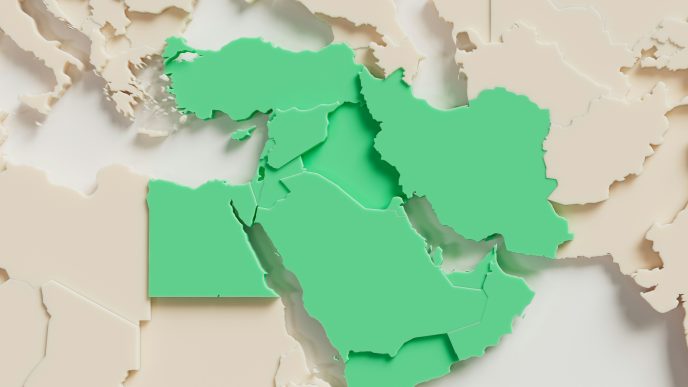When the United Nations’ largest standalone public opinion survey on climate change reveals that 80 percent of people globally want their governments to take stronger action against the climate crisis, the banking sector must respond accordingly. The credit card, as a physical and symbolic link between banks and their customers, faces challenges on two fronts: minimizing its environmental impact and reflecting the issuer’s values and commitment.
From the Ground Up
Initial steps to address these challenges have included the adoption of recycled plastics in card production, which can reduce the carbon footprint by nearly 5% (or 7 grams of carbon per card) compared to cards made from new plastics. Banks like BBVA, Santander, and HSBC have been leading these efforts, and Mastercard has pledged to eliminate virgin PVC by 2028.
Additionally, the industry is exploring the use of plastics recovered from ocean debris and incorporating wood—an eco-friendly material—into card production. Recent technological advancements now enable the creation of cards made entirely from wood, eliminating the need for plastics. However, challenges remain, including the localization of production and personalization, raw material traceability, and the development of fully recyclable, bio-derived materials.
Usage Innovations
In terms of Corporate Social Responsibility (CSR), there is significant potential for the card’s usage to evolve beyond traditional payment methods like cash or checks. The banking industry is leveraging these opportunities to offer new services that cater to specific needs, often in collaboration with “climtech” startups. For instance, Swedish startup Doconomy is working on limits for the carbon impact of purchases, Luxembourg’s Raiffeisen Bank has financed nearly 62,000 tree plantings through customer transactions, and various initiatives are promoting ethical accounts that avoid funding fossil fuels.
New inclusive services are also emerging, such as connected bank cards that provide audio feedback for visually impaired users, and cards with tactile features to help distinguish between payment types. These inclusive technologies need to become more widespread to benefit all users, including the elderly.
End-of-Life Considerations
With billions of cards issued annually, recycling is a pressing issue. Although economic models and recycling infrastructures are still developing, promising experiments are underway in Europe. Dedicated recycling centers and efficient collection services, such as those initiated by Crédit Agricole, BNP Paribas, HSBC, NatWest, and Santander, represent steps in the right direction.
As the tangible link between banks and their customers, the payment card is transitioning towards more sustainable practices. This evolution is essential for maintaining its relevance and enhancing the unique relationship between banks and their customers. To remain effective and responsible, widespread adoption and reinforcement of these new practices are crucial.










